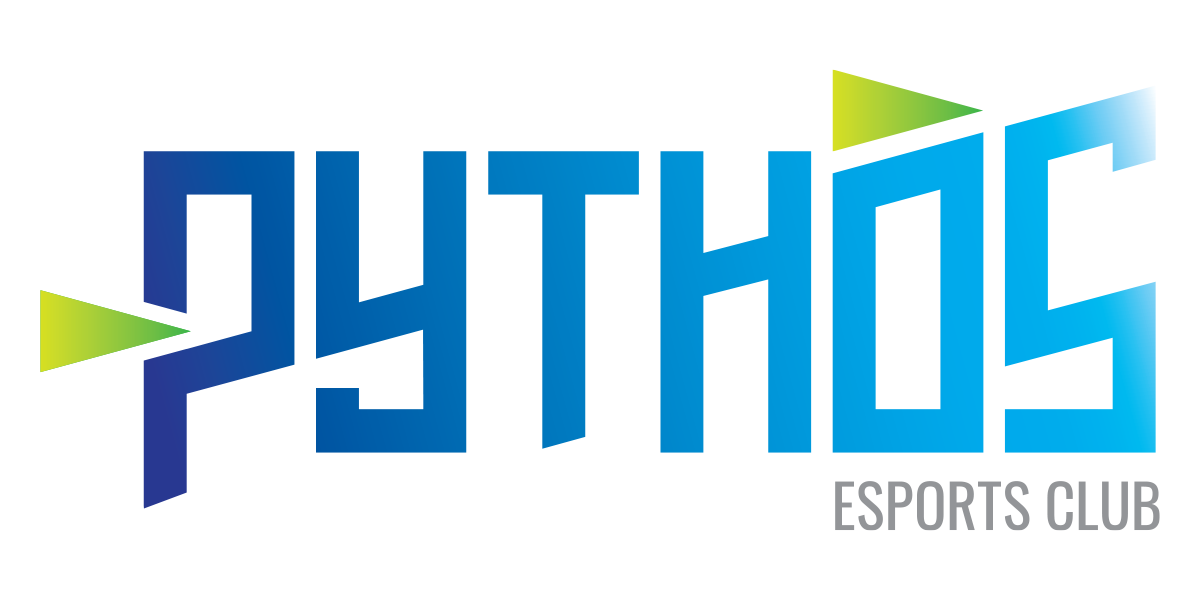25 Jan How COVID-19 has changed esports venues
Esports venues will continue to be built after the pandemic, but with a new or growing emphasis on features that improve safety and flexibility.
Over the last couple of years, Esports Insider has received and covered countless reports regarding new esports buildings and training centres. Whilst the pandemic threw a monkey wrench in executing a lot of those plans this year, announcements of new venues were still coming in, highlighting that firms are still interested in providing these buildings for future generations.
We sat down with sports design firm Henderson Engineers and venue The Gaming Stadium (TGS) who shared what they’ve learned from COVID-19’s setbacks and how these lessons will make future projects even better than before.
Henderson Engineers: Technology finds a way
Kansas City sports design firm Henderson Engineers has spent half a century designing sports venues that meet specific client needs. The company transitioned smoothly into the esports realm when it managed the construction of Esports Stadium Arlington — the largest esports and gaming facility in North America.
In November, Henderson partnered with National Association of Collegiate Esports (NACE) and fellow design firm Populous to help develop official physical build guidelines for varsity esports spaces.

RELATED: IESF and DLA+ Architecture reveal Esports Venue Standardisation Guidelines
Dustin Shafer, Chief Technical Officer at Henderson Engineers, says that while they do not have a COVID-specific standard for esports venues, they do help their clients calculate and mitigate the risk of infection through design.
“We have a tool that we created that does all this mathematical analysis and pulls case studies that calculate how likely you are to catch an infection based on what it is,” Shafer explained. “We figured out what we think the number is for COVID. We can run that forward and say what the likelihood of infection is in a location, based on factors like the number of people, amount of outside air, and building type. It’s not an exact science but it gives us something to go off of to target strategies to reduce risk.
“One of the most effective solutions is one-direction airflow,” Shafer added. “Air goes from below a person, then across and up and away so it doesn’t mix. Air from the person five seats away doesn’t blow by you before it goes back to the air handler. It’s literally impossible to retrofit, but on a new building, it’s cost-comparative and we’re doing that in new venues often.”
Existing technology can also be repurposed to mitigate risk as well. Examples include heat mapping and flexible layouts that allow businesses to move outside.
“Heat mapping throughout a facility lets you see where crowds are so you can avoid them,” explained Kevin Butler, Esports Practice Leader and Acoustical Consultant at Henderson Engineers. “A lot of that technology has been implemented into venues already, so it’s a matter of where we’re using that technology and re-utilising it. Instead of telling people how long the bathroom wait time is, heat mapping could be used to tell people which routes to avoid because there is a crowd.”
Uncertainty about the future didn’t magically end with 2020, but that doesn’t mean esports arenas should be off the table. In fact, designing a commercial space has the added benefit of planning for different scenarios that might not have been considered before, which add a level of preparedness for the unknown.
“If your organisation was considering a new esports venue before the pandemic, it’s okay to keep doing so,” Butler added.
“There are options out there that allow people to open up to some capacity or start considering the projects that they put on hold when the pandemic started,” he said. “There’s light at the end of the tunnel with vaccines coming out so it’s time to start dusting off those projects and having those conversations.”
TGS: From ‘oh no’ to ‘oh wow’
The Gaming Stadium is an esports venue based outside Vancouver in British Columbia, Canada. Back in February, TGS Esports planned to open five new locations by the end of 2020. Instead, the company was forced to halt operations. Within a week they had moved all tournaments online, which turned out to be eye-opening.
“When we saw the number of people participating in our online tournaments, we saw scalability,” Spiro Khouri, CEO of TGS Esports Inc. told Esports Insider. “We can build communities without always having to have a physical location.”

Now, The Gaming Stadium is considering a hybrid model that mixes online with physical tournaments once things return to ‘normal’. When TGS Esports resumes its plans for expansion, Khouri said he would change one thing — wiring.
“When we originally structured the build of our stadium, we did it so that the PCs were going to be in a certain area, and the power and internet distribution is run there,” said Khouri. “[However], it limits our ability to spread things further apart. I think in the future we would probably try to have a more flexible solution that could be distributed, i.e. dropping cables down through the ceiling or having boxes that can plug in at various locations throughout the facility.”
The Gaming Stadium has over 7,000 sq. ft. of room, but spreading PCs out for social distancing would require “hundreds of feet of Ethernet cables everywhere,” he lamented.
Despite the challenges of moving online and pausing its expansion, the future is looking bright for The Gaming Stadium. In fact, the organisation went public in August and raised $1.58 million CAD (£900,000).
RELATED: 1,500 seater esports venue proposed in Bristol, England
Looking forward, COVID fundamentally changed the way TGS operates, Khouri added.
“We went from an in-person event team to all-online event model. For our business, it has been great, as tough as that is to say due to the circumstances,” he said. “By going online it has allowed us to scale and hold events for people all over the world and integrate new partners and partnerships. All in all the current way we are running our business, which was borne out of necessity, has led to many more opportunities.”
 Commercial, Features, Insights, Interviews, Latest News, Markets
Commercial, Features, Insights, Interviews, Latest News, Markets


No Comments